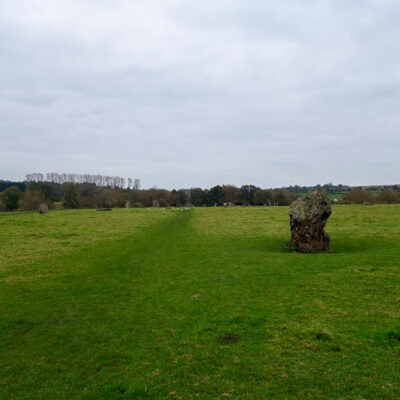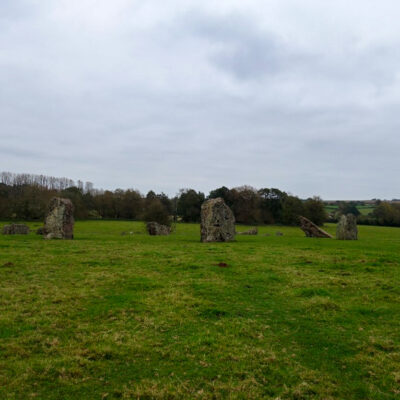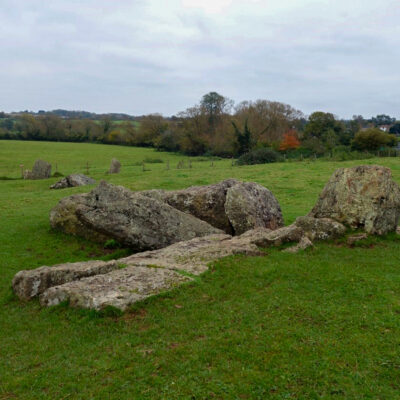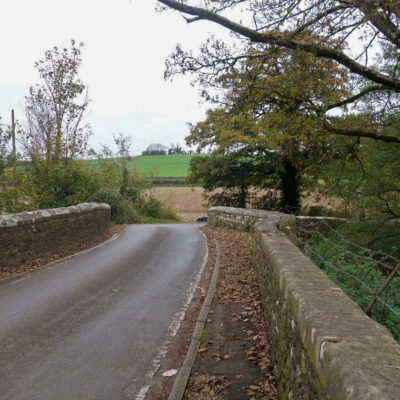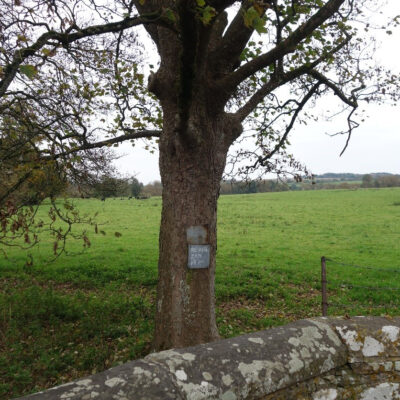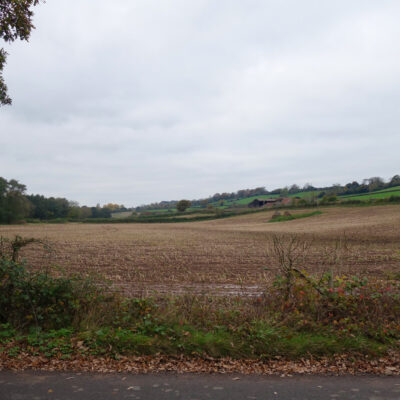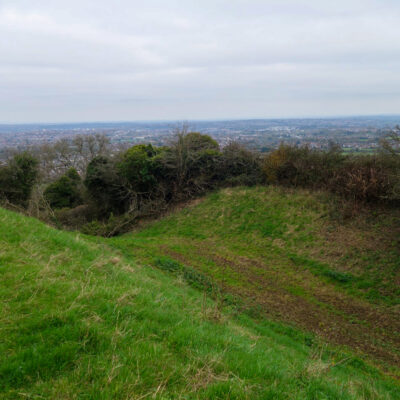Heritage Impact Assessment, Somerset
Working at a landscape scale, we developed a heritage management strategy to inform a scheme seeking to restore a nature depleted river system.
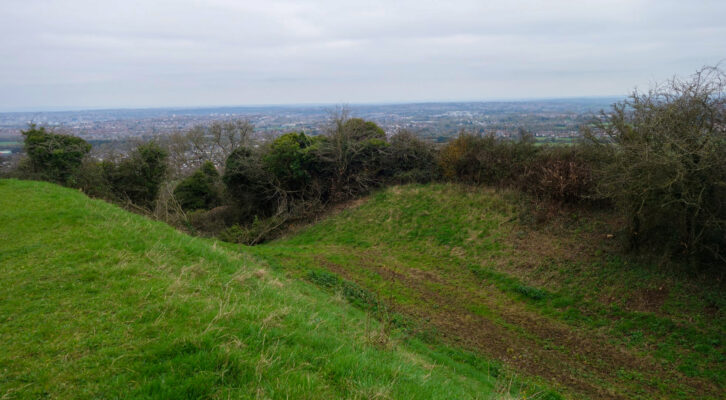
In Brief
Key Points
- Landscape recovery scheme
- Six areas of particular archaeological and heritage sensitivity identified
- Management options and recommendations provided
Summary
Delivering environmental and community benefit, the charity campaigns to create permanent woodland throughout the Bristol-Avon River catchment.
With a focus on the archaeologically rich landscape of the Lower Chew Valley in North East Somerset, the charity commissioned us to produce a Heritage Impact Assessment and management options as part of their latest project.
The River Chew flows through a corridor that contains several scheduled monuments recognised as some of the nation’s most important remains.
These include the internationally valued Stanton Drew stone circles and avenue, a monument thought to have been built as a ceremonial centre by our Neolithic ancestors, the Iron Age hillfort of Maes Knoll and the West Wansdyke, a substantial linear earthwork of possibly Late Roman or early medieval date.
Results
We assessed the impact of tree-planting in areas of archaeological sensitivity and provided management options and recommendations to ensure the conservation of the monuments (including both standing remains and any associated subsurface archaeology), their settings and the views between individual monuments.

